1. Create a Safe and Comfortable Space

When you have a handicapped pet, providing them with a safe and comfortable space is essential. For pets with mobility issues, consider setting up a designated area where they can rest and move around without obstacles. This could be a soft bed in a quiet corner or an easily accessible spot where they can retreat to when they need a break. Making sure their environment is safe from potential hazards, like slippery floors or high furniture, is key to preventing accidents.
Adding ramps, non-slip mats, or extra cushions will help them feel secure and supported in their own space. Keeping their area free of clutter also ensures that they have enough room to move around. A space where they feel safe to rest or play will help improve their quality of life. It’s not just about physical comfort; it’s about emotional comfort too. By creating an environment that caters to their needs, you show your pet they are cared for and loved, no matter their limitations.
2. Invest in Specialized Mobility Aids
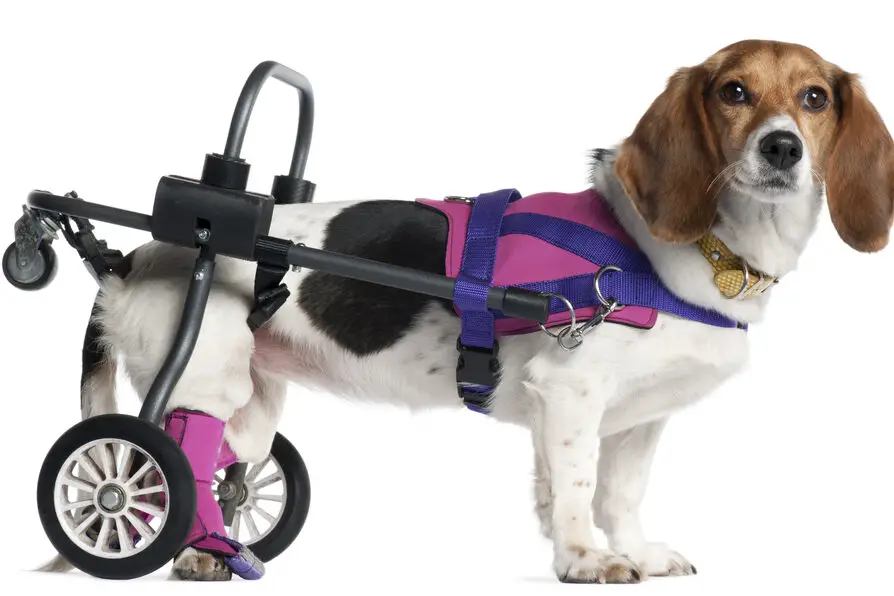
Just like humans, pets with disabilities can greatly benefit from mobility aids. There are many devices available, such as wheelchairs, harnesses, and support slings, designed to help handicapped pets get around more easily. These aids can allow your pet to move with greater freedom and independence, helping them regain some of their former agility. Pet wheelchairs, for example, are an excellent way for pets with hind leg weakness or paralysis to get around, allowing them to walk and even run in some cases.
It’s important to make sure the mobility aid is well-fitted and comfortable for your pet. A poorly fitted wheelchair or harness could cause chafing or discomfort, so consult with a professional to ensure proper sizing and adjustment. Over time, you may notice how much more active and happy your pet becomes when they have the right support. These aids also help you maintain a strong bond with your pet by enabling them to participate in more activities, whether it’s going for a walk or simply moving around the house. With the right mobility assistance, handicapped pets can continue to enjoy life in ways that make their condition more manageable.
3. Establish a Gentle Exercise Routine
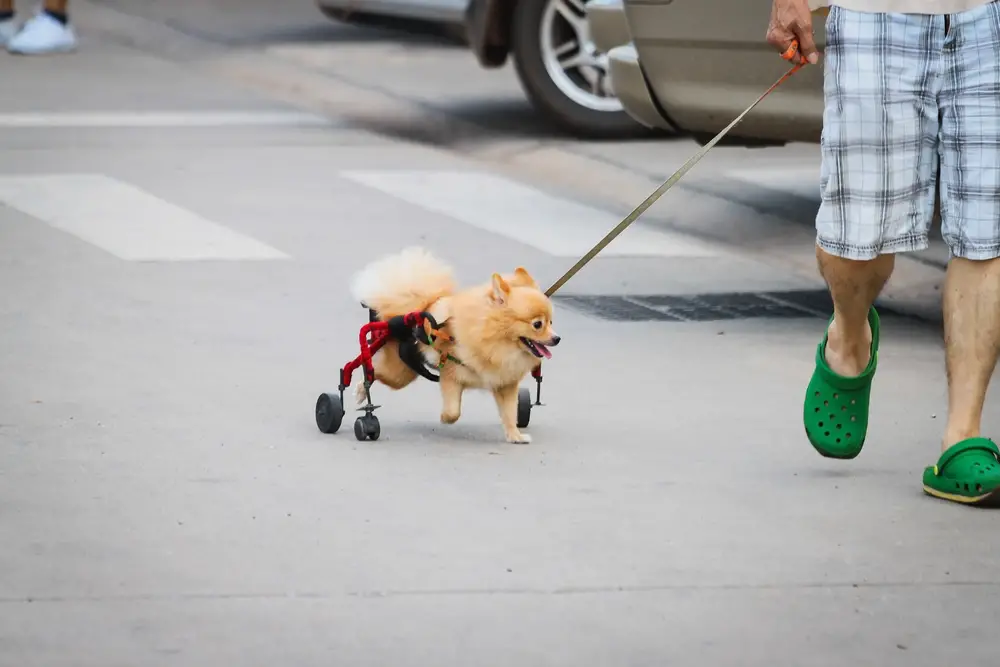
Exercise is vital for all pets, including those with physical challenges. However, when you have a handicapped pet, their exercise routine will look a little different from a regular pet’s. Focus on gentle movements that can help maintain their muscle strength and prevent stiffness. For pets with mobility issues, short walks, swimming, or gentle stretching exercises can be very beneficial. These activities help them stay in shape while preventing weight gain, which can make their condition worse.
You don’t have to worry about pushing them too hard; it’s about consistency and keeping them engaged. Even pets with limited movement can enjoy interactive play that stimulates their minds. You can use toys that are easy for them to reach or toss them treats that they can enjoy without excessive movement. Be mindful of their energy levels, and always monitor them for signs of fatigue or discomfort. An exercise routine tailored to your pet’s needs can keep them healthy and prevent further complications in the long run.
4. Adjust Their Diet for Health and Comfort
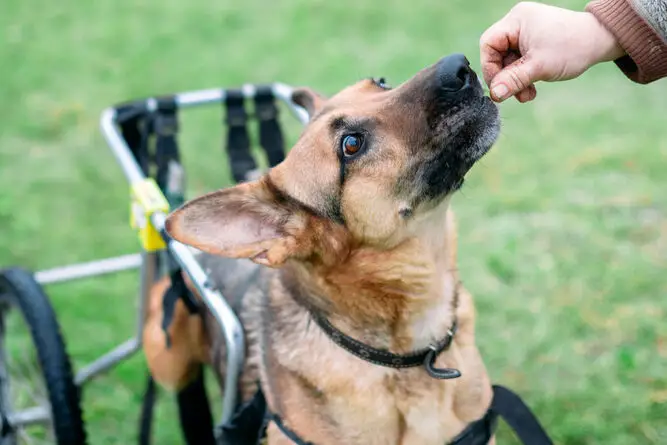
When caring for a handicapped pet, diet plays an important role in their overall well-being. A nutritious, well-balanced diet can help prevent obesity, which could exacerbate their condition and make it harder for them to move around. Depending on their specific needs, you may want to consult your vet about special diets, supplements, or even weight management foods that can help keep your pet in optimal health.
It’s also essential to take your pet’s unique mobility challenges into account when serving their meals. If your pet has trouble standing or moving to their food bowl, consider elevating it so they don’t have to strain themselves to eat. You can also opt for softer foods if they have difficulty chewing. Be sure to monitor their water intake as well—hydration is crucial for all pets, especially those who are less active. A carefully chosen diet will provide the right nutrients to help your pet stay strong and energized throughout their life.
5. Use Bedding That Supports Their Needs

Comfortable bedding is crucial for a handicapped pet. Pets with limited mobility can suffer from pressure sores or joint pain if they don’t have the proper bedding. Consider investing in orthopedic or memory foam beds that relieve pressure on sensitive areas and help support their joints. These beds are often designed to reduce discomfort, making it easier for your pet to rest for longer periods without experiencing pain or stiffness.
In addition to orthopedic bedding, you may also want to add a few soft blankets for extra warmth, especially if your pet has trouble regulating their body temperature. Ensure the bedding is easy to clean, as it will need to be washed more frequently than regular pet beds. Providing a comfy, supportive place to rest can make a world of difference in your pet’s quality of life. A cozy spot to relax can help your pet feel secure, warm, and loved, making it easier for them to enjoy their days even with a disability.
6. Ensure Proper Hygiene and Grooming
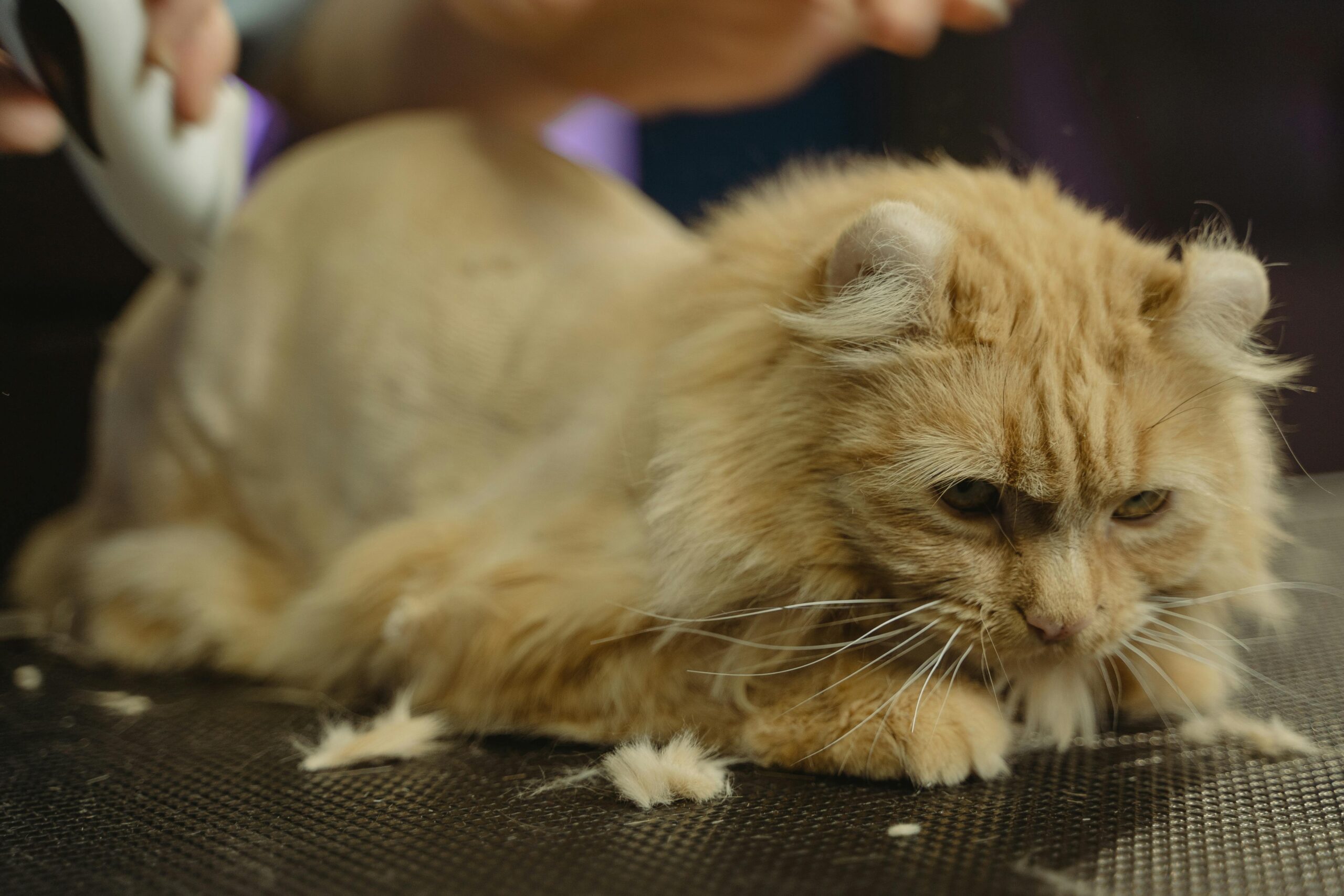
Pets with physical disabilities might need extra help maintaining their hygiene. If they have trouble moving around, they may not be able to groom themselves as effectively, which could lead to discomfort or skin infections. Regular grooming helps prevent matting, keeps their coat healthy, and allows you to check for any unusual signs like rashes, sores, or infections. Make sure to brush your pet’s coat often, paying close attention to areas that may be more prone to buildup or irritation.
In addition to grooming, you may need to assist with bathing or cleaning them if they cannot do it themselves. Special pet wipes or gentle shampoos are great options for keeping your pet fresh without needing a full bath. Take the time to check their ears, nails, and teeth regularly as well, since they may not be able to reach these areas easily. Keeping your handicapped pet clean and well-groomed is an act of love that helps ensure their health and comfort.
7. Offer Extra Assistance with Bathroom Needs
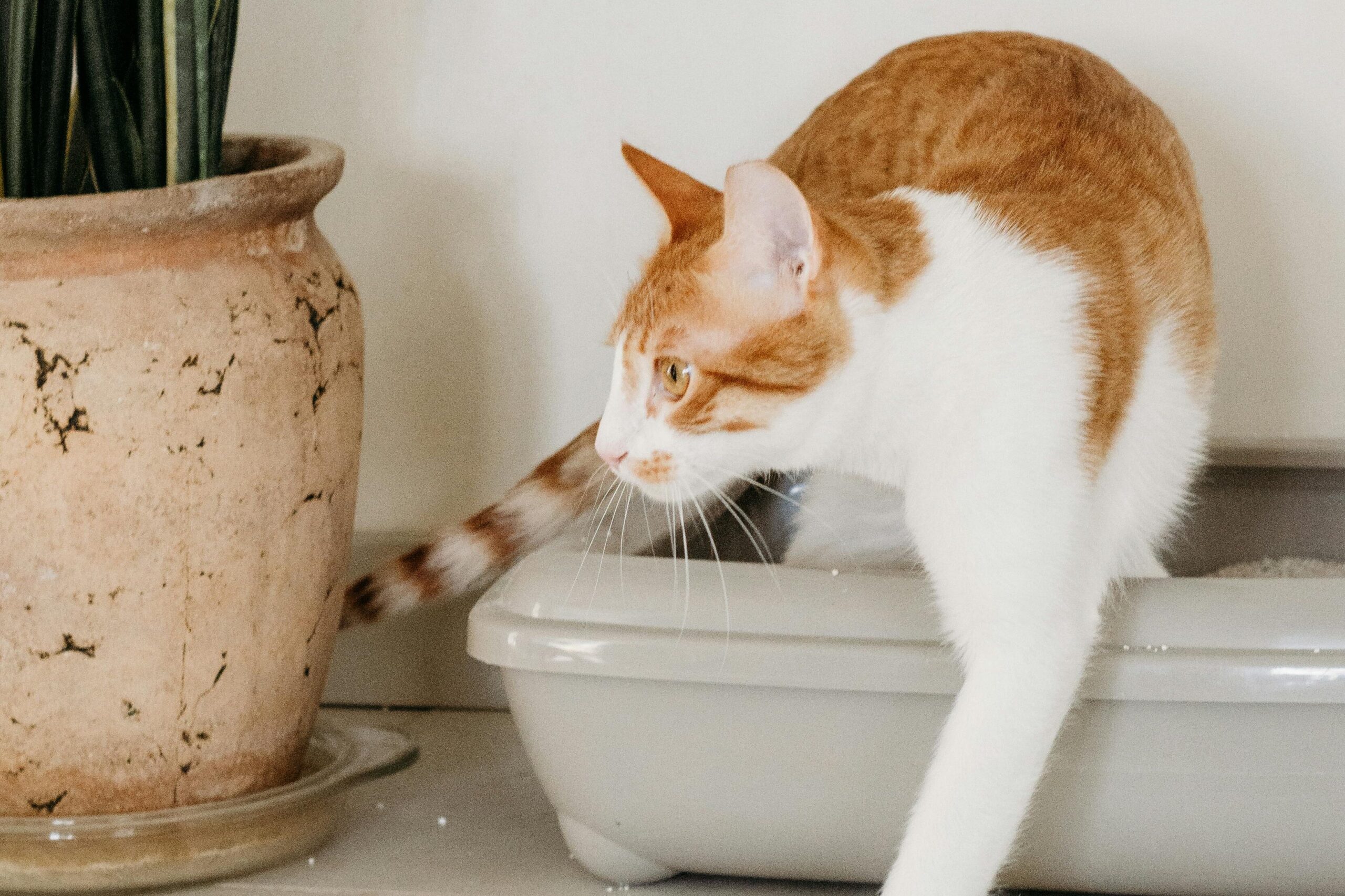
Handicapped pets may need help with bathroom activities, especially if they have difficulty moving or are incontinent. For dogs, this might mean carrying them outside or helping them navigate the yard. For cats or small pets, you might need to adjust their litter boxes to make them more accessible. Using low-sided boxes or adding extra padding for comfort can help your pet manage bathroom needs with minimal stress. Some pets may also benefit from dog diapers or pads to prevent accidents in the house, which can help keep them clean and dry.
It’s essential to maintain regular bathroom breaks for your pet to avoid discomfort and health problems like urinary tract infections. Be patient with them during this process, as it can take time for you both to adjust to a new routine. With your help, your pet can maintain their dignity and comfort, allowing them to focus on the things they enjoy. You might need to provide extra love and attention in these moments, but it’s all part of giving them the care they deserve. Your pet will feel your compassion and will appreciate the support you provide during these vulnerable times.
8. Help Them Stay Social and Stimulated
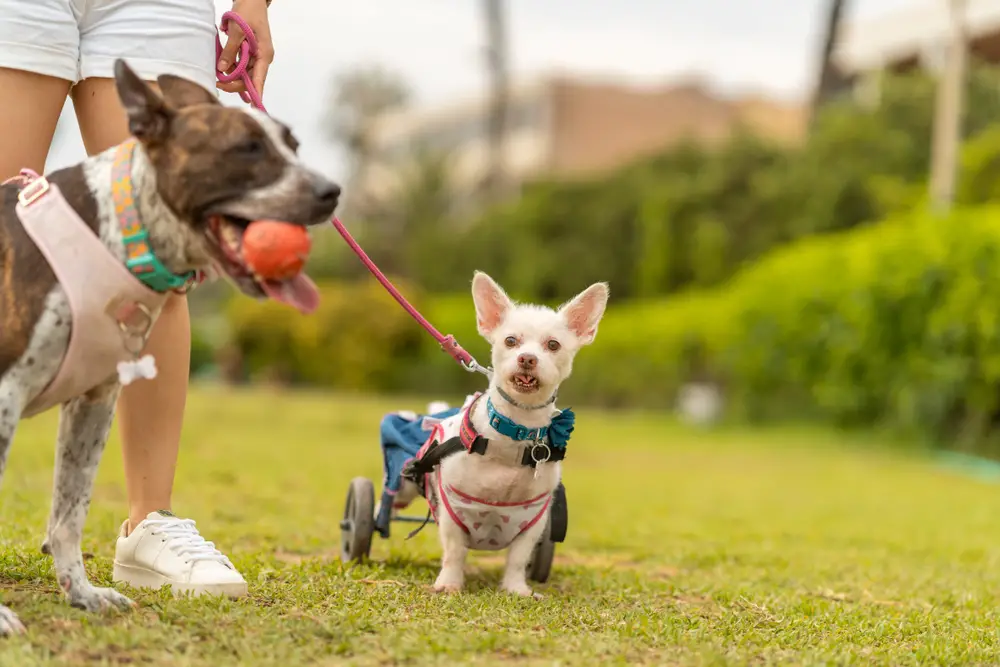
Just because your pet is handicapped doesn’t mean they should be isolated. Pets still crave social interaction and mental stimulation, even if they can’t move around as freely as they once did. For handicapped pets, having regular playtime or social visits can make a huge difference in their emotional well-being. You can engage with them through interactive toys, gentle petting sessions, or even simply sitting with them while watching TV.
Make sure that socialization is safe and doesn’t put undue strain on your pet’s body. For example, if your pet has trouble walking, avoid letting them run or jump with other pets. Instead, set up a cozy spot where they can watch and interact with their friends from a comfortable distance. This can still provide plenty of mental stimulation and help prevent feelings of loneliness or depression. Pets who are engaged mentally are often happier and less likely to feel isolated. Staying connected with their environment and social circle is key to keeping them emotionally healthy.
9. Be Mindful of Temperature Changes
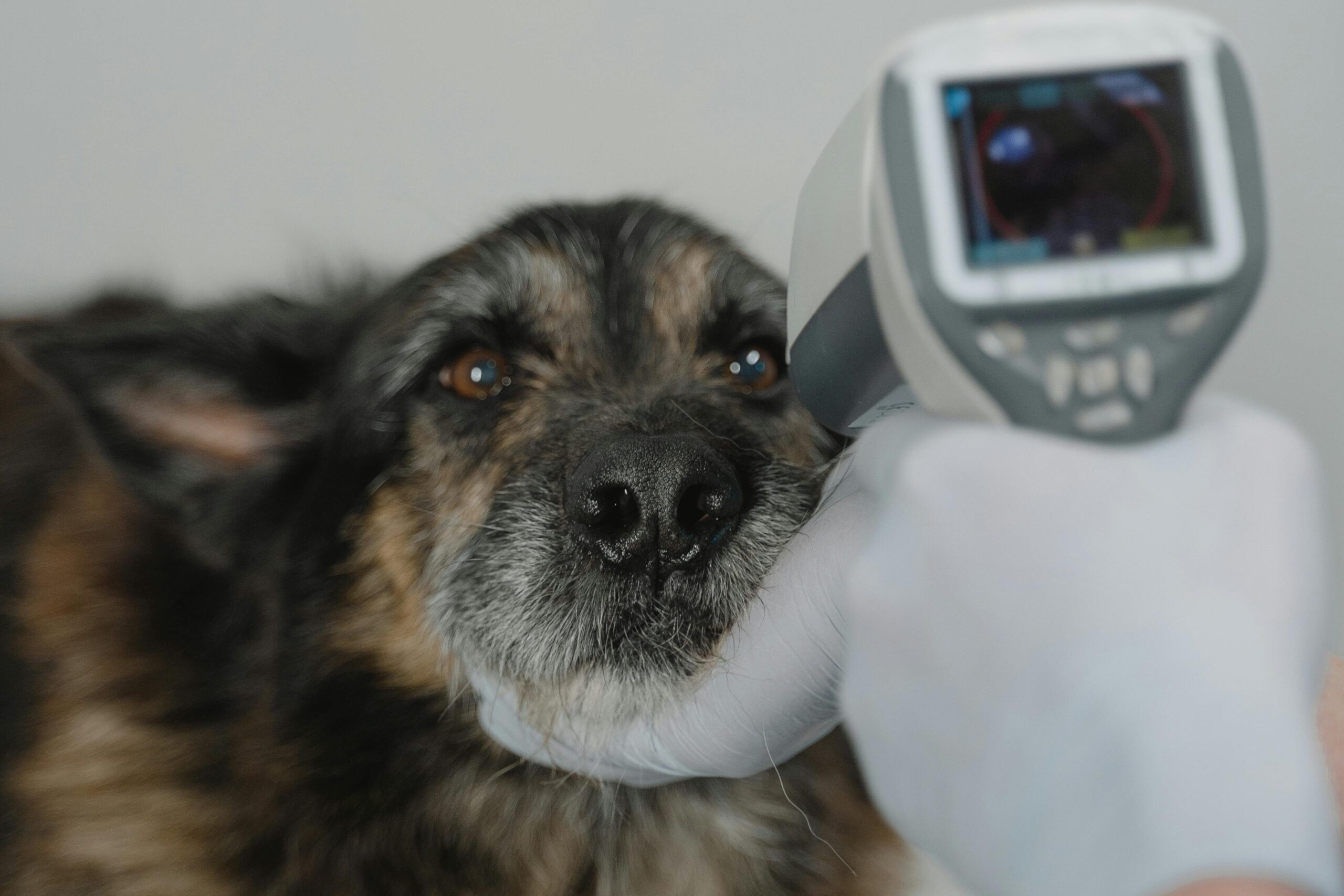
Temperature regulation can be more challenging for handicapped pets, especially those with limited mobility. They may not be able to move to a cooler or warmer spot, so you need to ensure they stay comfortable in different climates. In cold weather, provide warm blankets or heated pads for your pet to snuggle with. If your pet struggles to regulate their body temperature, using a pet-safe heating pad or creating a cozy den with soft bedding can help them stay warm.
In hot weather, make sure they have access to shade, fresh water, and a cool environment to prevent overheating. Consider using cooling mats or fans to create a comfortable space for them to rest during the hotter months. Keep an eye on your pet’s behavior—if they seem uncomfortable or are panting excessively, it might be time to adjust the environment. Providing a climate-controlled area or extra care during extreme temperatures ensures that your handicapped pet can enjoy the outdoors or their indoor space without the stress of temperature extremes.
10. Provide Consistent Veterinary Care
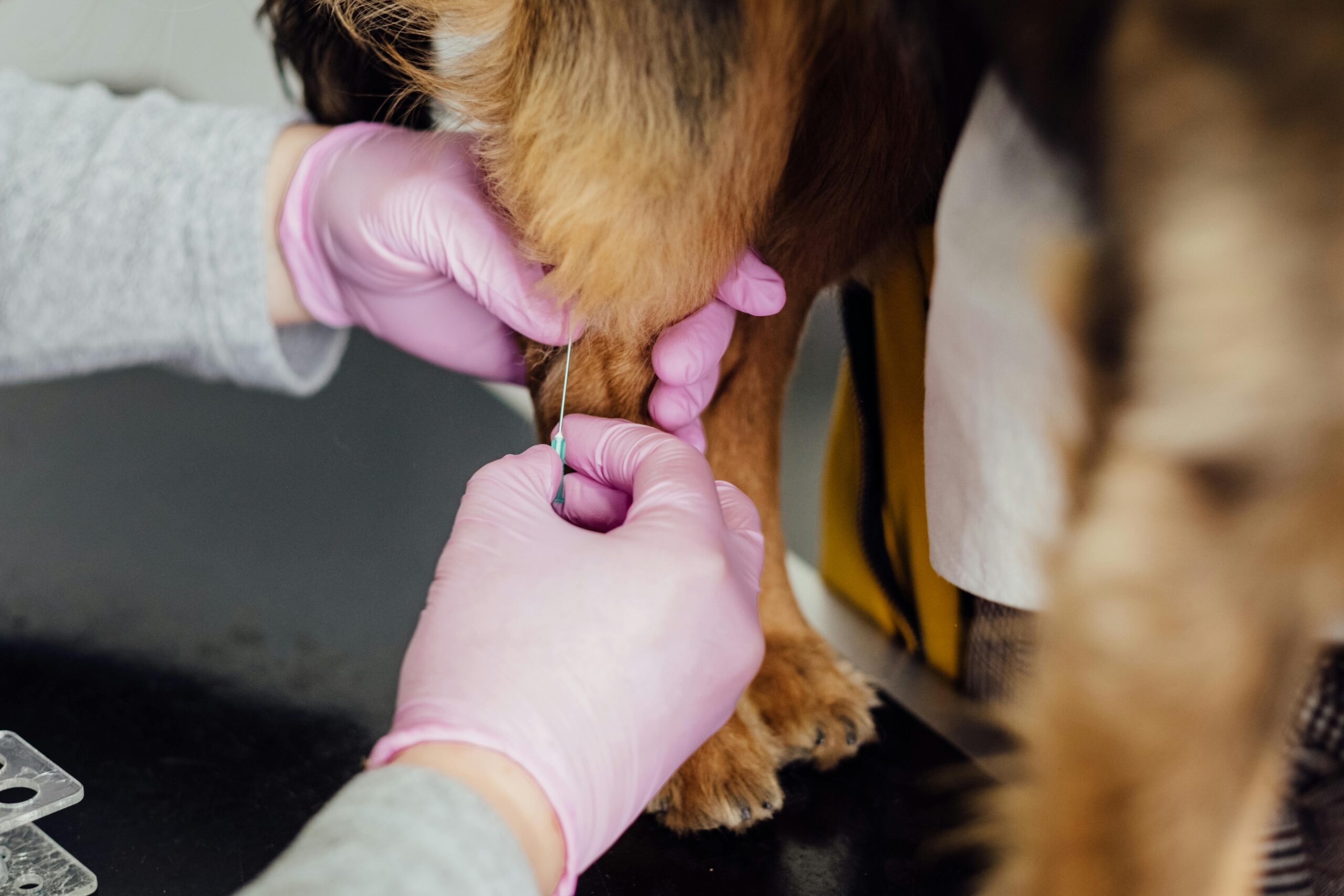
Regular veterinary check-ups are even more important for handicapped pets, as they can face unique health challenges. Regular visits allow your vet to monitor your pet’s condition, adjust treatment plans, and ensure they’re receiving the right care. Your veterinarian can help identify any new health concerns early, preventing further complications. For pets with disabilities, specialized care, such as physical therapy or pain management, may be necessary to improve their quality of life.
Don’t hesitate to seek professional help when needed. If you notice any changes in your pet’s behavior, mobility, or appetite, it’s a good idea to schedule a check-up. In some cases, your vet might recommend alternative treatments like acupuncture, massage, or supplements to manage your pet’s disability. A consistent care plan will ensure your pet stays as healthy and happy as possible. By keeping up with veterinary appointments and staying proactive about their health, you show your handicapped pet that you’re there for them, no matter what challenges they face.
11. Foster a Positive Attitude and Patience
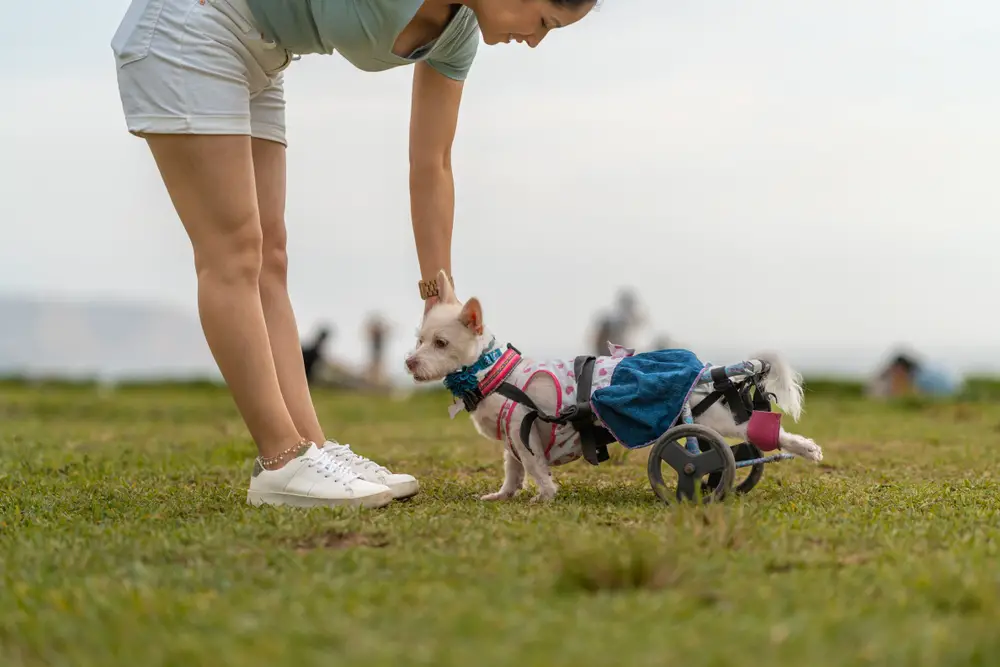
Caring for a handicapped pet can sometimes be difficult, and it requires an abundance of patience. It’s easy to become frustrated or discouraged, but your pet will benefit from your positive attitude. Patience helps you navigate the difficulties of caring for a pet with mobility challenges and allows your bond to grow stronger. Celebrate the small victories—whether it’s your pet moving around a little easier or simply enjoying a good meal.
Remaining calm and positive in challenging moments shows your pet that they are loved and cared for, regardless of their limitations. You’re a crucial part of their journey, and your attitude will have a big impact on their emotional well-being. Remember, your pet might not be able to express their feelings in words, but they certainly feel the love and comfort you provide. Keeping a positive mindset and staying patient will make the experience more enjoyable for both of you, creating a bond built on compassion and trust.
12. Adapt Your Home to Be More Accessible
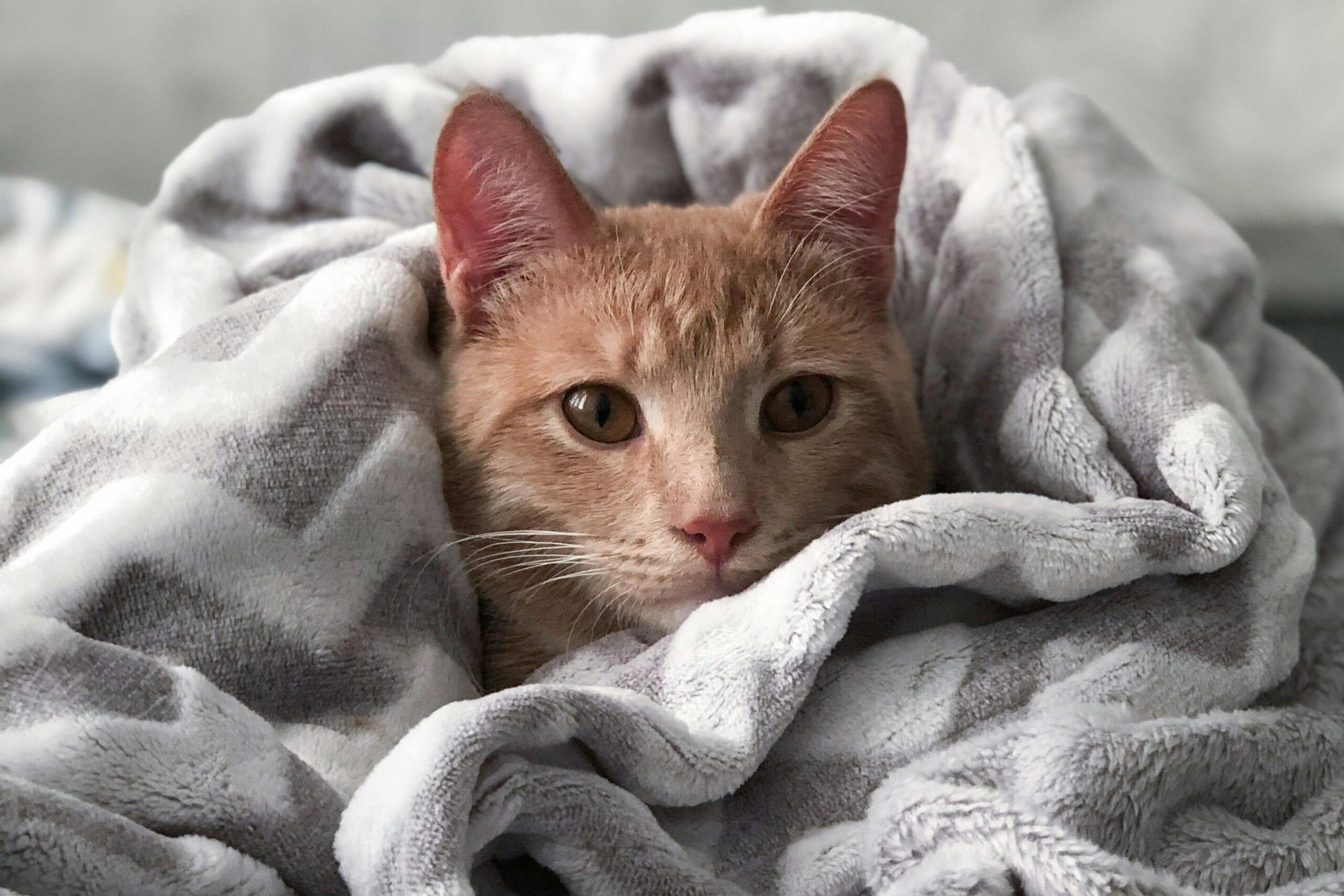
For handicapped pets, adjusting your living space to accommodate their needs can significantly improve their quality of life. Simple changes, like adding ramps or steps, can help your pet move around with ease. If your pet has trouble with stairs, investing in a pet ramp can make a world of difference. You can also consider non-slip rugs or mats on slippery floors to prevent falls and give your pet the traction they need to move confidently.
If your pet is in a wheelchair or has limited mobility, setting up a designated space where they can rest comfortably, like a cozy bed in a low-traffic area, can help them feel secure. Clear any obstacles that might make it harder for your pet to navigate around the house. It’s important to create a space where your pet feels safe and at ease, knowing that their environment is designed to meet their specific needs. By adapting your home, you are showing your pet that they are not only accepted but also cherished. A little extra effort goes a long way in enhancing their comfort and mobility.
13. Respect Their Limits and Offer Encouragement
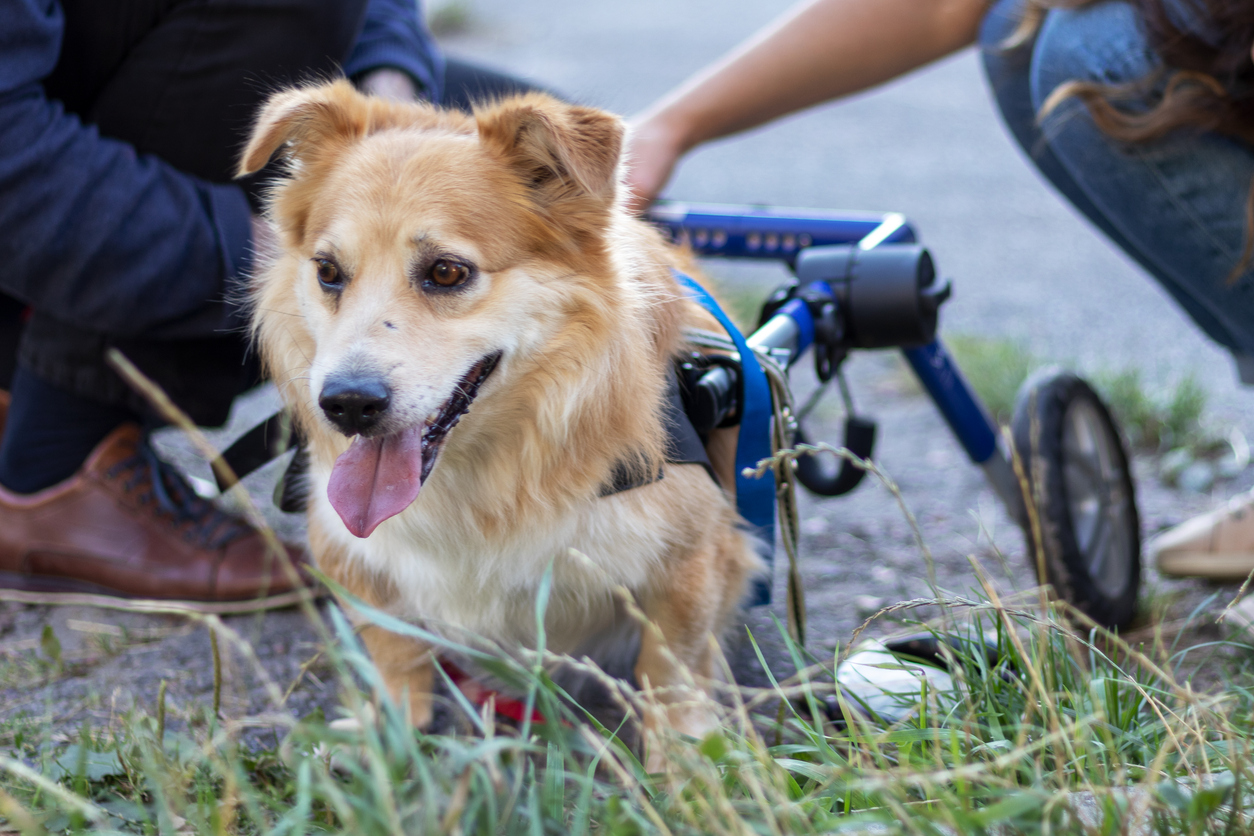
One of the most important aspects of caring for a handicapped pet is understanding their limits and offering encouragement in a compassionate way. Just like us, pets with disabilities might struggle with frustration or feelings of inadequacy, especially if they can no longer do the things they once enjoyed. It’s essential to avoid pushing them too hard or too fast, but rather encourage them with gentle words and actions. They still want to be a part of your world, and small steps forward can be rewarding for both of you.
At the same time, be patient and understanding when they need rest. Offering a calm, reassuring environment where they feel safe to take breaks will help them thrive. Praise your pet for their efforts, even if it’s something small, like making it to the food bowl or taking a few steps. They may not be able to do everything they once could, but they still find joy in the little moments. By encouraging them and respecting their pace, you allow them to continue living a full and happy life, despite the challenges they face. Your support and encouragement will empower them to keep going, no matter what.
14. Provide Mental Stimulation to Keep Them Sharp
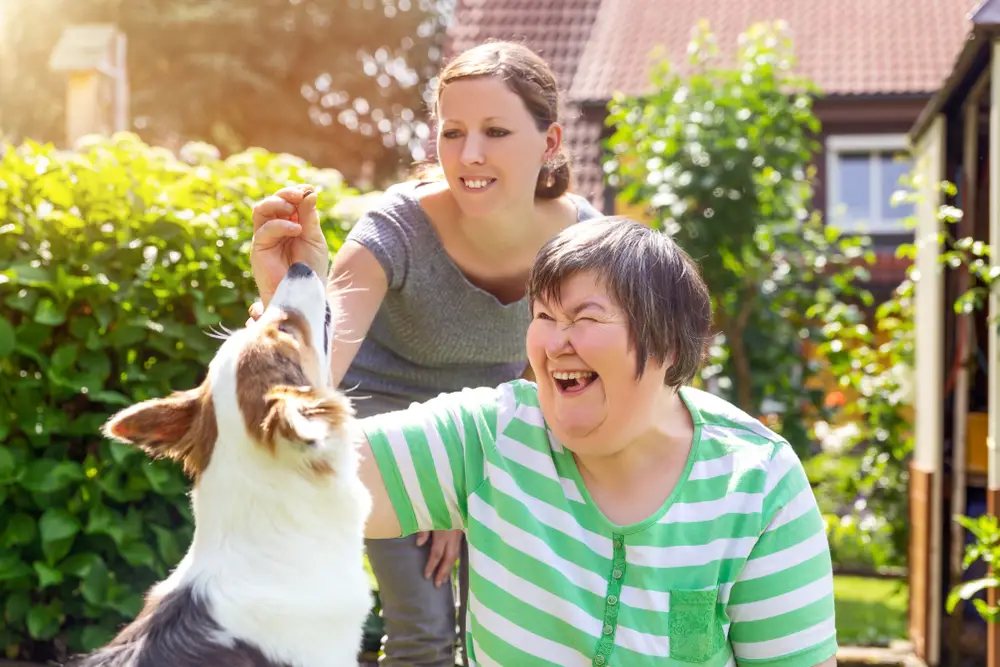
For handicapped pets, keeping their minds active is just as important as taking care of their physical needs. Mental stimulation can help prevent boredom and reduce the chances of your pet feeling depressed or anxious. Puzzle toys, treat-dispensing balls, or even simple hide-and-seek games can encourage your pet to think and problem-solve in a fun way. For pets with mobility challenges, you might want to tailor these activities to suit their abilities, such as using toys that they can interact with while lying down or sitting.
Mental exercise not only provides entertainment but also strengthens the bond between you and your pet. You’ll both enjoy the process of working together to figure out new challenges. And the best part? Keeping their brain engaged can improve your pet’s overall well-being, making them feel more connected to their environment. Whether it’s a game of gentle fetch or an interactive treat puzzle, there are plenty of ways to keep your handicapped pet entertained. Offering regular mental challenges can be incredibly fulfilling for both of you, keeping your pet sharp, happy, and engaged with the world around them.


